Citrus plants and other acid-loving plants often suffer from yellow leaves. Yellowing leaves are usually related to low fertility, alkaline soils, or low levels of available iron. Now is a good time for corrective measures.
Citrus food can address the fertility, Iron Sulfate or Soil Sulfur can improve the soil pH by steering alkaline soils toward acid, both make the existing iron in surrounding soil more available to the plant. Iron Sulfate also adds additional iron for quicker nutrient uptake.
Our citrus grower recommends a little bit of citrus fertilizer each month of the year. We offer Master Nursery Citrus Food or EB Stone Citrus Food (the organic option).
We also recommend treating the soil with either Soil Sulfur or Iron Sulfate 3 to 4 times a year. Now is an ideal time because remaining rains will carry these products down into the soil. The impending spring growth will benefit immediately from this nutrient blast. Iron products such as Iron Sulfate help prevent yellow leaves on citrus, blueberries, azaleas, camellias and also keep a lawn greener with less mowing.
Most products containing iron can stain paving. Take extra precautions to be sure you don’t stain your patio or driveway. Iron Plus will not stain.
Plants take nutrients up from the soil most efficiently when soil pH is neutral or slightly acidic. pH Adjuster Plus gently acidifies the soil and allows nitrogen, iron and other essential nutrients and elements to be released for uptake by plant roots. Apply these granular products over the soil surface and let the rain water them in. The result is a healthier, more beautiful plant with brighter, greener foliage.
pH Adjuster Plus is a pelletized soil sulfur that is much easier to apply than more conventional soil sulfur (no annoying dust).
Almost all plants will appreciate 3 to 4 applications per year, but those plants that respond most dramatically to a pH adjustment include citrus, blueberries, camellias, azaleas and rhododendrons, gardenias and other plants that develop a seasonal yellowing of the leaf related to iron deficiency. Most likely you can think of at least one plant you have around your home that suffers from leaf yellowing. Apply and then water or time your application to let winter rains do the watering for you.
Magnesium Sulfate (Epsom Salts) has also shown to have a great greening effect. A little bit goes a long way and should only be applied twice a year; once in early spring and again in early fall.
![pixdguava[1]](https://www.aldenlane.com/m/wp-content/uploads/2015/09/pixdguava1.jpg)
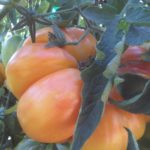 Even vegetables can liven a landscape with unexpected displays of unusual colors
Even vegetables can liven a landscape with unexpected displays of unusual colors
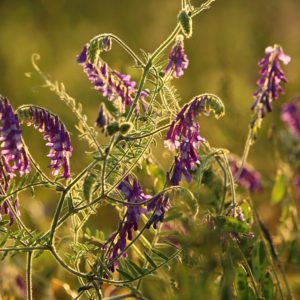
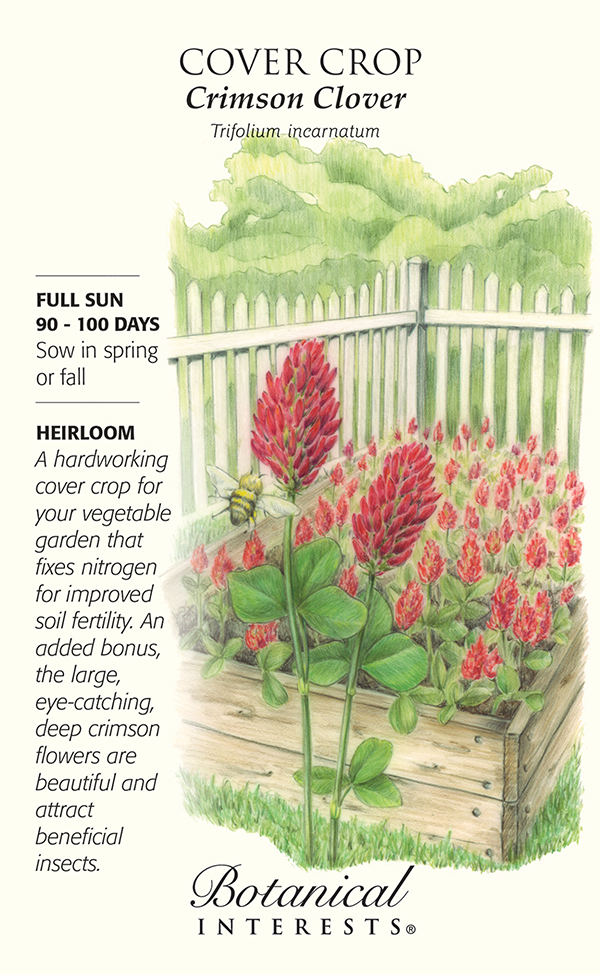

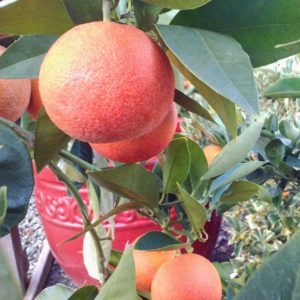 Citrus are among the most versatile of the trees and shrubs that grow in our Valley. They can be trained as a single specimen, in hedges, as a trellised espalier or in containers. Citrus plants offer beautiful evergreen foliage, fragrant flowers and delicious decorative fruit. Fall, with its milder temperatures, is a perfect time to plant citrus. Establishing a citrus plant before frost can help it weather the winter.
Citrus are among the most versatile of the trees and shrubs that grow in our Valley. They can be trained as a single specimen, in hedges, as a trellised espalier or in containers. Citrus plants offer beautiful evergreen foliage, fragrant flowers and delicious decorative fruit. Fall, with its milder temperatures, is a perfect time to plant citrus. Establishing a citrus plant before frost can help it weather the winter.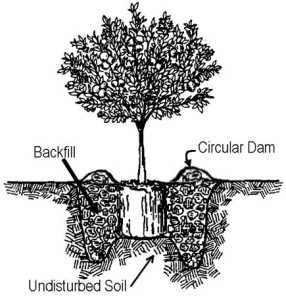 Water the plant thoroughly in the pot before planting and then again after you have finished planting it. Let the water soak in, and then water a third time. Citrus plants need less frequent watering than most garden plants once established. Give it a deep soak once or, at most twice week once established. Frequent watering is the most common cause of failure with citrus. Of course, if the weather is excessively hot, check daily and water as needed.
Water the plant thoroughly in the pot before planting and then again after you have finished planting it. Let the water soak in, and then water a third time. Citrus plants need less frequent watering than most garden plants once established. Give it a deep soak once or, at most twice week once established. Frequent watering is the most common cause of failure with citrus. Of course, if the weather is excessively hot, check daily and water as needed.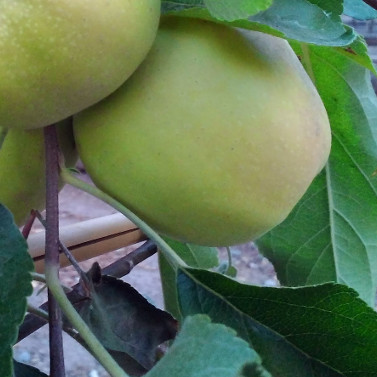 Have fun with fruit trees in your front or back yard. You don’t need acres of ground to experience the taste of freshly picked fruit. With today’s dwarf & semi-dwarf rootstocks, everyone can grow at least one fruit tree no matter how small your yard. Consider planting a fruit tree or two in your front yard.
Have fun with fruit trees in your front or back yard. You don’t need acres of ground to experience the taste of freshly picked fruit. With today’s dwarf & semi-dwarf rootstocks, everyone can grow at least one fruit tree no matter how small your yard. Consider planting a fruit tree or two in your front yard.![obj6014geo3317pg352p7[1]](https://www.aldenlane.com/m/wp-content/uploads/2015/07/obj6014geo3317pg352p71.jpg)
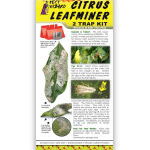
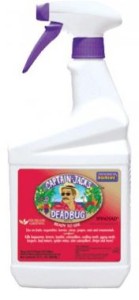
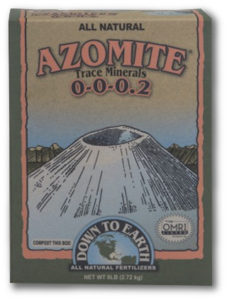 California’s alluvial soils of the Central Valley are rich and friable because centuries of seasonal flooding have deposited minerals from the eroding Sierras into the fertile lowlands.
California’s alluvial soils of the Central Valley are rich and friable because centuries of seasonal flooding have deposited minerals from the eroding Sierras into the fertile lowlands.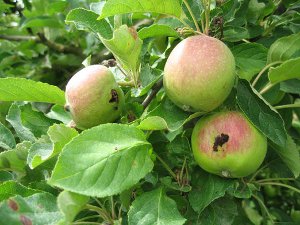
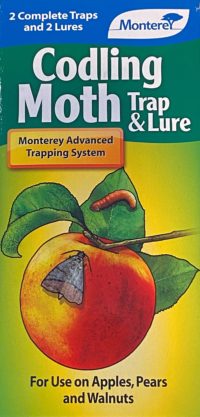
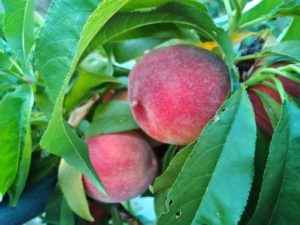
![coppersoapsm[1]](https://www.aldenlane.com/m/wp-content/uploads/2015/11/coppersoapsm1.gif)
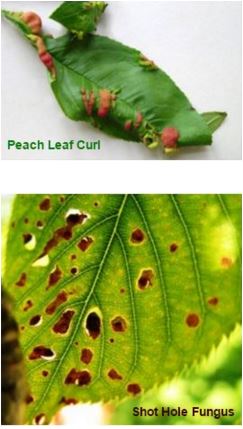
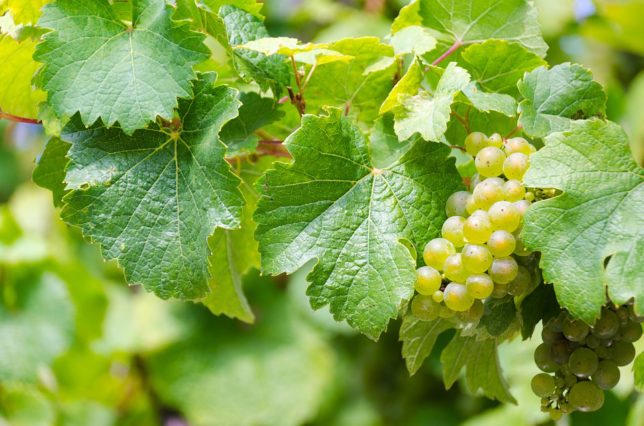
 BLUEBERRIES:
BLUEBERRIES: